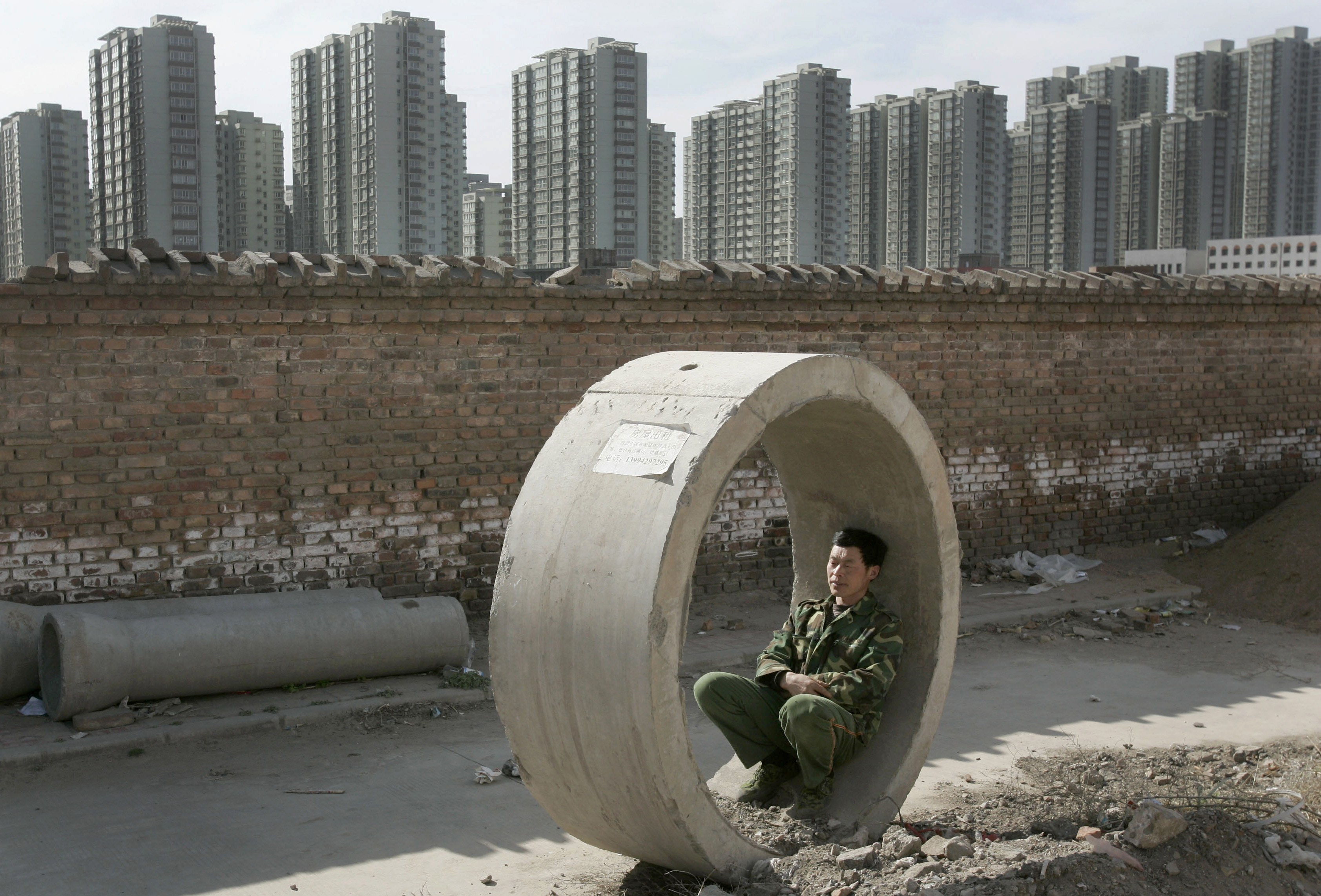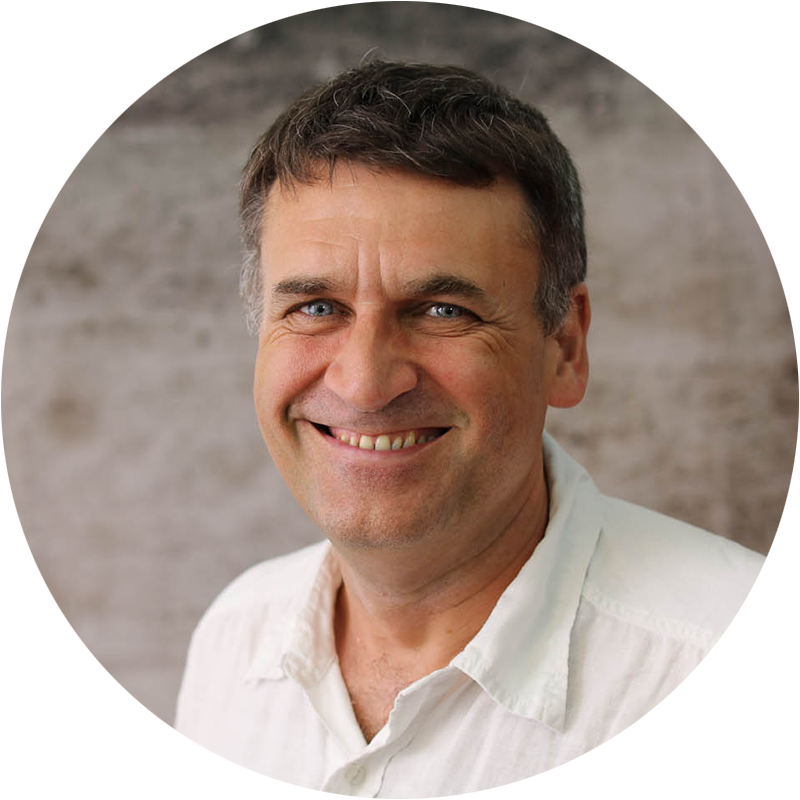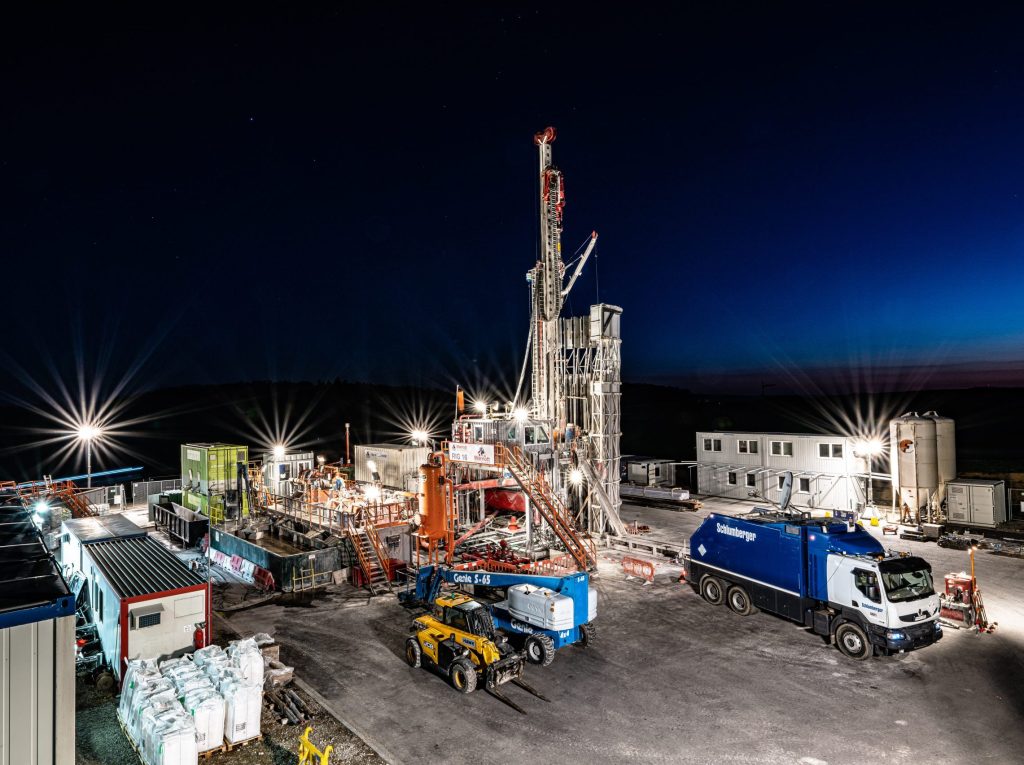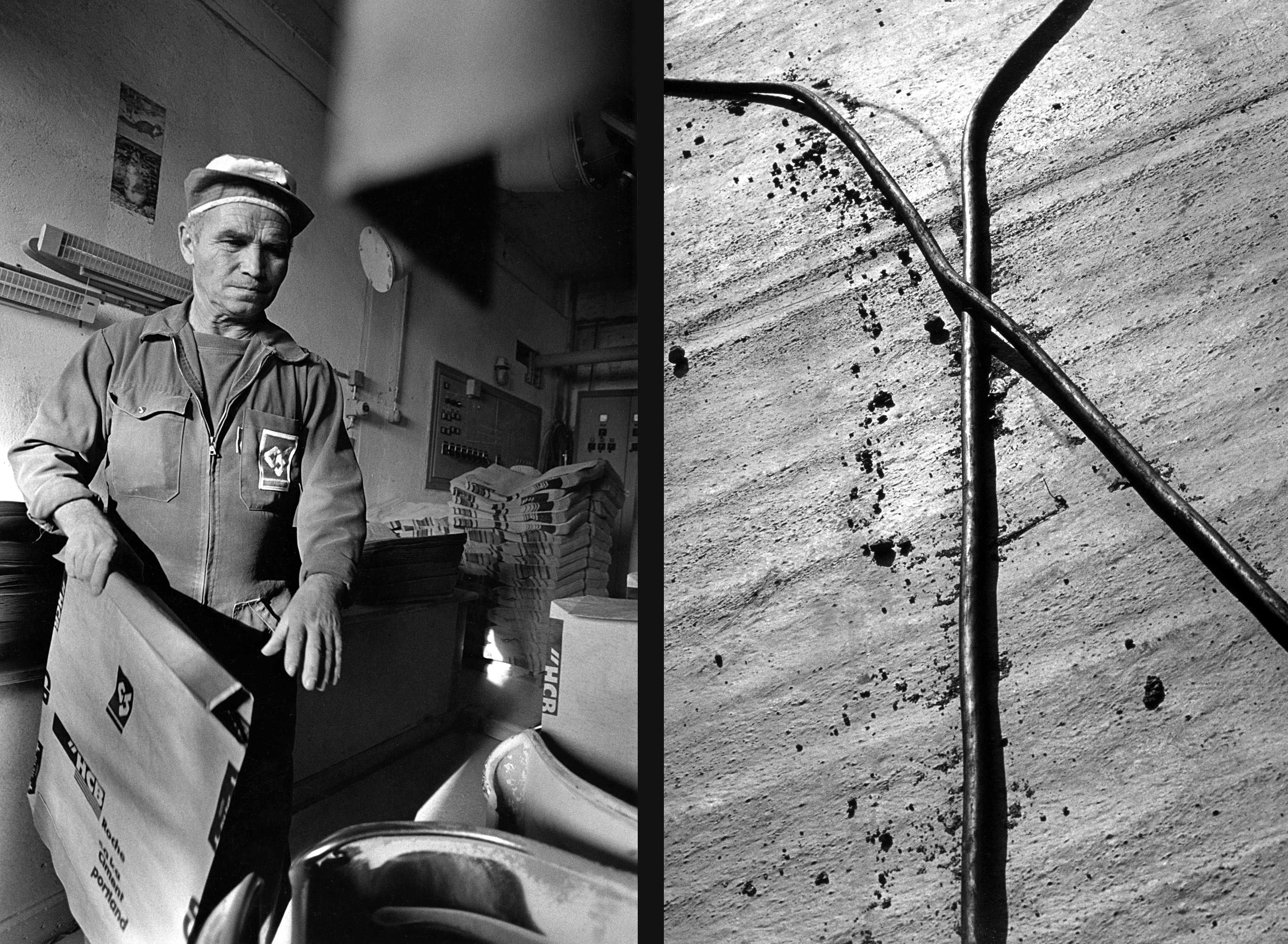Crisis or no crisis, the world still needs cement

Global production of cement has more than doubled over the past 15 years. One of the leading players is the Swiss multinational company Holcim, which celebrates its centenary this year.
Line up 12,000 Empire State Buildings in a row. That will you give you an idea of the quantity of cement produced in 2011: 3.4 billion tonnes, according to data from the United States Geological Survey.
After two years of slowdown due to the financial crisis, world production of cement jumped again in 2010, up 9.2 per cent on the previous year. In 2011, progress was more modest at 2.8 per cent.
One notable feature of the cement industry is that production is essentially local: 95 per cent of the cement is used in the countries that produce it.
This has not stopped consolidation in the sector, however. Whereas in 1990 the six largest companies controlled ten per cent of world production, today the proportion is 25 per cent (45 per cent excluding China). The major players that dominate the industry are Lafarge (French), Holcim (Swiss), CRH (Irish), Heidelberg Cement (German), Cemex (Mexican) and Italcementi (Italian).
For several years now, the centre of the cement industry has shifted to the emerging markets, which today consume about 90 per cent of the production of cement, compared with 65 per cent 20 years ago.
“Currently three-quarters of our productive capacity is in the emerging markets”, said Peter Stopfer, external communications manager at Holcim.
In 2011, the productive capacity of the Swiss multinational increased by 4.5 million tonnes, with a final total of 216 million tonnes.
China
Among the emerging countries, the lion’s share of production belongs to China. Within the past ten years overall production has quadrupled, and now the Middle Kingdom makes over half of the world’s cement.
The Chinese market is unique, however. “There are about 1,500 players, and the multinationals have only minority holdings in Chinese companies”, said Simon Pallhuber, an analyst at Credit Suisse who specialises in the building industry, adding that this situation may change.
“The Chinese government is pushing for a consolidation of the market and new perspectives may open up for foreign companies.”
Holcim has had a presence in China since the 1990s. It has holdings in Huaxin Cement, one of the ten main Chinese companies in the sector.
“The partnership has been a success”, said Stopfer. “Growth in China will continue in the next few years, but maybe at a reduced pace, since the government wants to focus more on quality than quantity.”
From this point of view, Holcim could be in an advantageous position. According to Pallhuber, the Swiss company “has an innovative potential which is not to be discounted” and unlike local competitors, who may try to bring prices down, it has the advantage of offering products of “high quality”.
“In a country where buildings occasionally collapse due to the poor quality of cement, that could turn out to be a decisive factor”, he added.
Growth areas
The other big Asian market is India, where Holcim has carved out a prominent position.
The group has decided to increase its productive capacity in the next few years by more than five million tonnes in the east of the country, “a market with a lot of potential”, Stopfer noted.
In 2011, the cement industry experienced some difficulties in the Indian subcontinent because of high inflation that reduced profit margins, Pallhuber said. These problems seem now to have been overcome.
“Other growth areas are Australia, Indonesia and Thailand. In Latin America, there is Brazil, of course, but also Colombia and some of the Central American countries. In the Middle East, we should mention in particular Egypt and the Gulf states,” he said.
Another market with a future is Africa, where demand is being driven by strong population growth and urbanisation.
Stagnation in the West
In Western countries, though there are regional differences, the market is quite lacklustre.
“The cement industry is going through a disastrous phase in Italy, Greece and Spain,” Pallhuber said.
In northern Europe, on the other hand, the situation tends to be stable. One exception to this is Switzerland, where construction continues to boom. In 2010, sales of cement in the country reached the highest level in 20 years, growing by 5.1 per cent on 2009, according to Cemsuisse, the industry association.
Signs of a rally are also coming from the US, said Stopfer, who foresees “a slight upswing in the main advanced economies”.
Environmental challenge
For some years, one of the main challenges facing the cement industry has been reducing emissions of carbon dioxide (CO2). To produce clinker, the main component of cement, manufacturers’ kilns need to reach temperatures of over 1,400 degrees. This has meant that cement-makers are significant producers of greenhouse gas (five per cent of CO2 at the world level).
“Holcim has committed itself to reducing CO2 emissions per tonne of cement by 25 per cent by 2015 compared with the reference values of 1990,” Stopfer said.
“To reach this goal we are focusing on three levels: reducing the quantity of clinker by using other mineral components instead, using alternative fuels and improving energy efficiency.”
These efforts have met with some success and have been recognised by non-governmental organisations.
“From the 1990 figure we have succeeded in reducing emissions by 21.8 per cent,” Stopfer said.
In 2010, the multinational set up a special fund endowed with SFr100 million ($104 million) a year to develop new projects, in particular searching for alternative fuels.
“It might be thought that these multinationals make an effort just in Western countries. But actually they try to apply more or less the same rules everywhere,” Pallhuber said.
“It makes sense for them too. With the system of CO2 emission certificates, it is in their interest to pollute less, so then they can resell their certificates. It is a way to maintain some stability in the leaner years.”
Holcim was founded in February 1912 in Holderbank, canton Aargau. Initially the company was called Aargauische Portlandcementfabrik Holderbank-Wildegg.
In 1914 the company joined forces with the industrialist Ernst Schmidheiny, who was also owner of Eternit. The group developed rapidly, opening branches throughout Europe and setting up as far afield as Egypt in 1927. Under the leadership of Ernst Schmideiny Jr, Holderbank opened a cement works near Cape Town in 1938.
After the Second World War, the group went through a consolidation phase followed by strong expansion beginning in the 1960s. By the 1990s it was world leader in several fields (cement, ready-mix concrete, inert aggregates etc.). In 2001, the group renamed itself Holcim.
Today Holcim operates in 70 countries and employs over 80,000 people. At the end of 2011, it had an annual production capacity for cement of 216 million tonnes, about six per cent of global production. The 2011 turnover amounted to SFr 20.7 billion and net profits were SFr682 million.
Holderbank/Holcim has often been heavily criticised on a variety of issues: because of its links to the apartheid regime in South Africa, because of repeated violations of competition laws, because of its noted unwillingness to work with unions and because of environmental problems caused by its cement factories.
The decision to rename the group Holcim was in response to the desire for a fresh start for the cement multinational, whose image had been tarnished by a series of scandals.
The non-governmental organisation Multiwatch, which monitors the practices of Swiss multinationals, indicates that from its “opening up in 2001” Holcim has achieved notable progress in sustainable development.
Less satisfying has been the progress in other areas. According to Multiwatch, for example, “at the production sites of Holcim there continue to be infractions of labour and union law”.
In mid-April, international unions, through the Swiss union Unia, complained to the Secretary of State for the Economy about working conditions in the group’s Indian plants. Holcim is accused of employing over 1,200 people on short-term contracts, under considerably worse conditions than the permanent staff. Holcim has responded by reducing the figures and indicating that use of temporary staff will be cut down once a new line of production is completed.
(Translated from Italian by Terence MacNamee)

In compliance with the JTI standards
More: SWI swissinfo.ch certified by the Journalism Trust Initiative











You can find an overview of ongoing debates with our journalists here . Please join us!
If you want to start a conversation about a topic raised in this article or want to report factual errors, email us at english@swissinfo.ch.